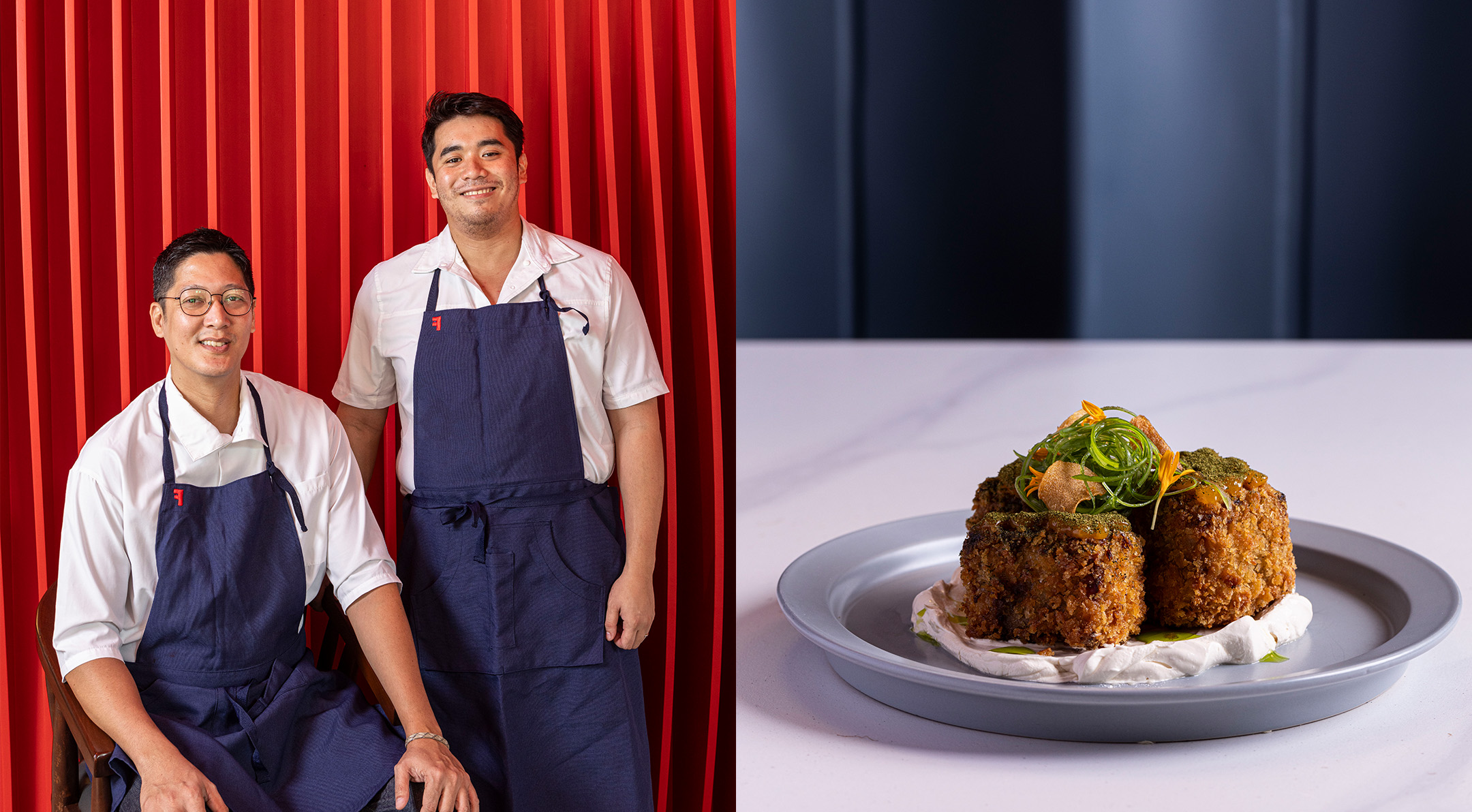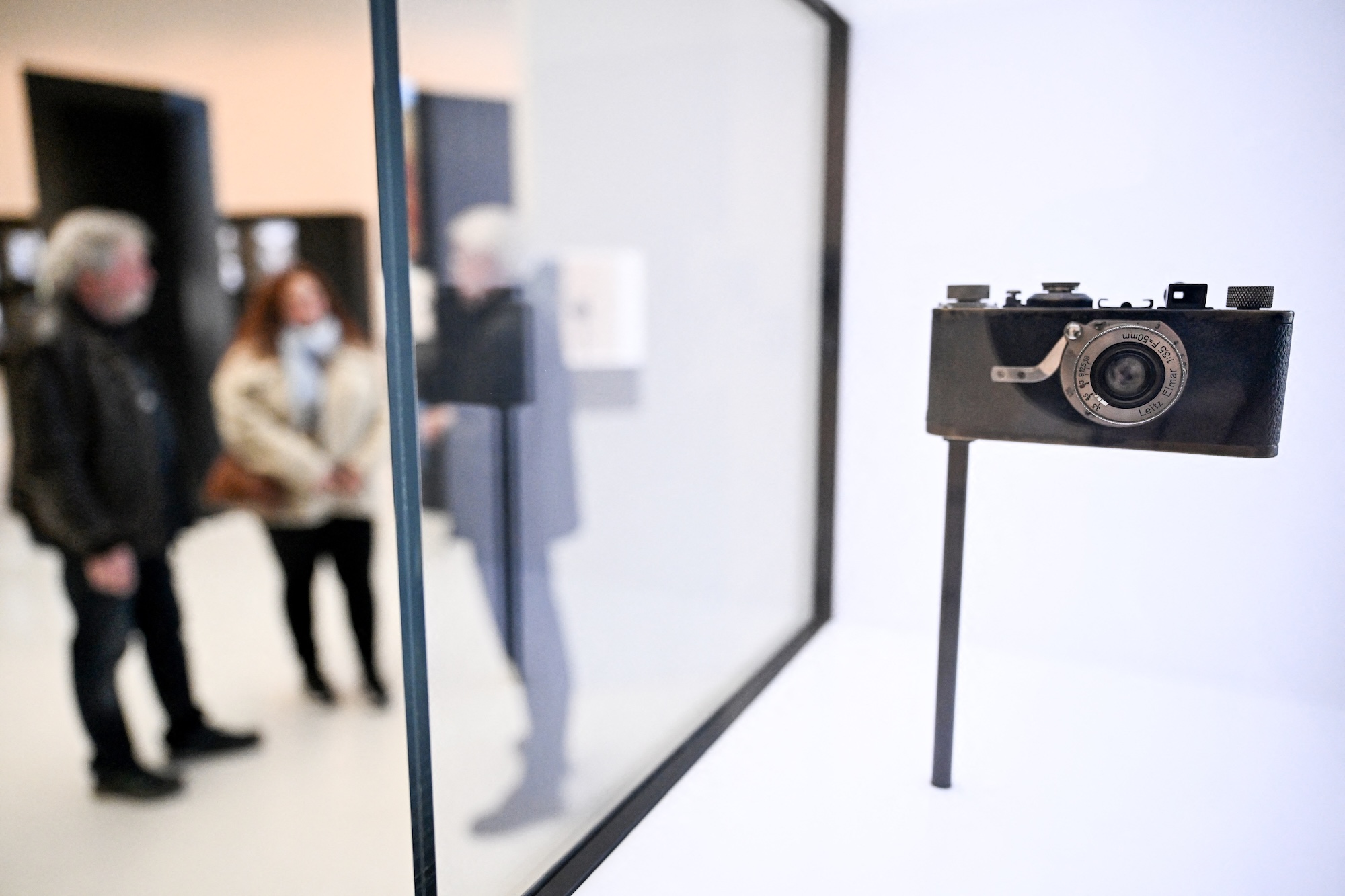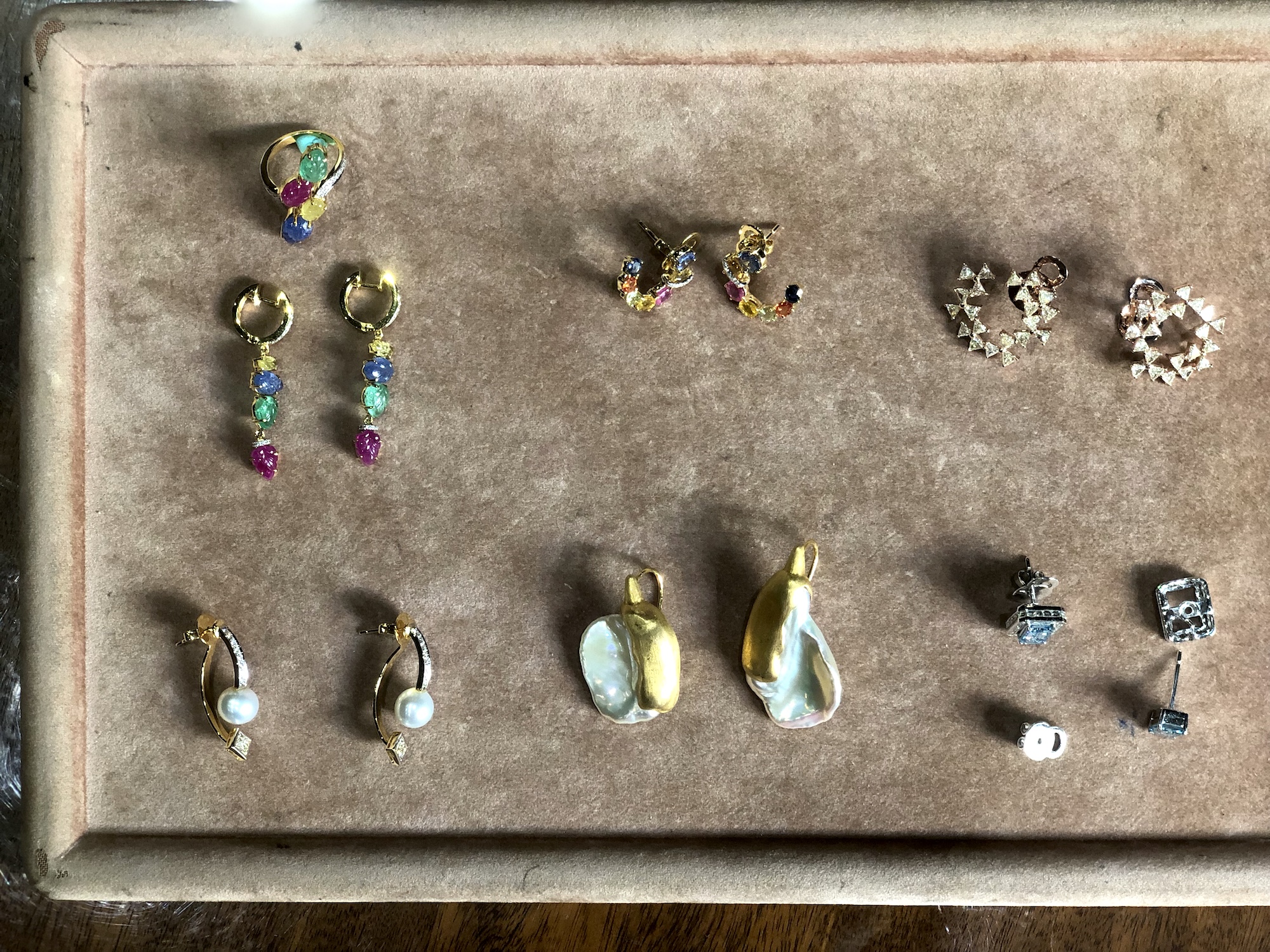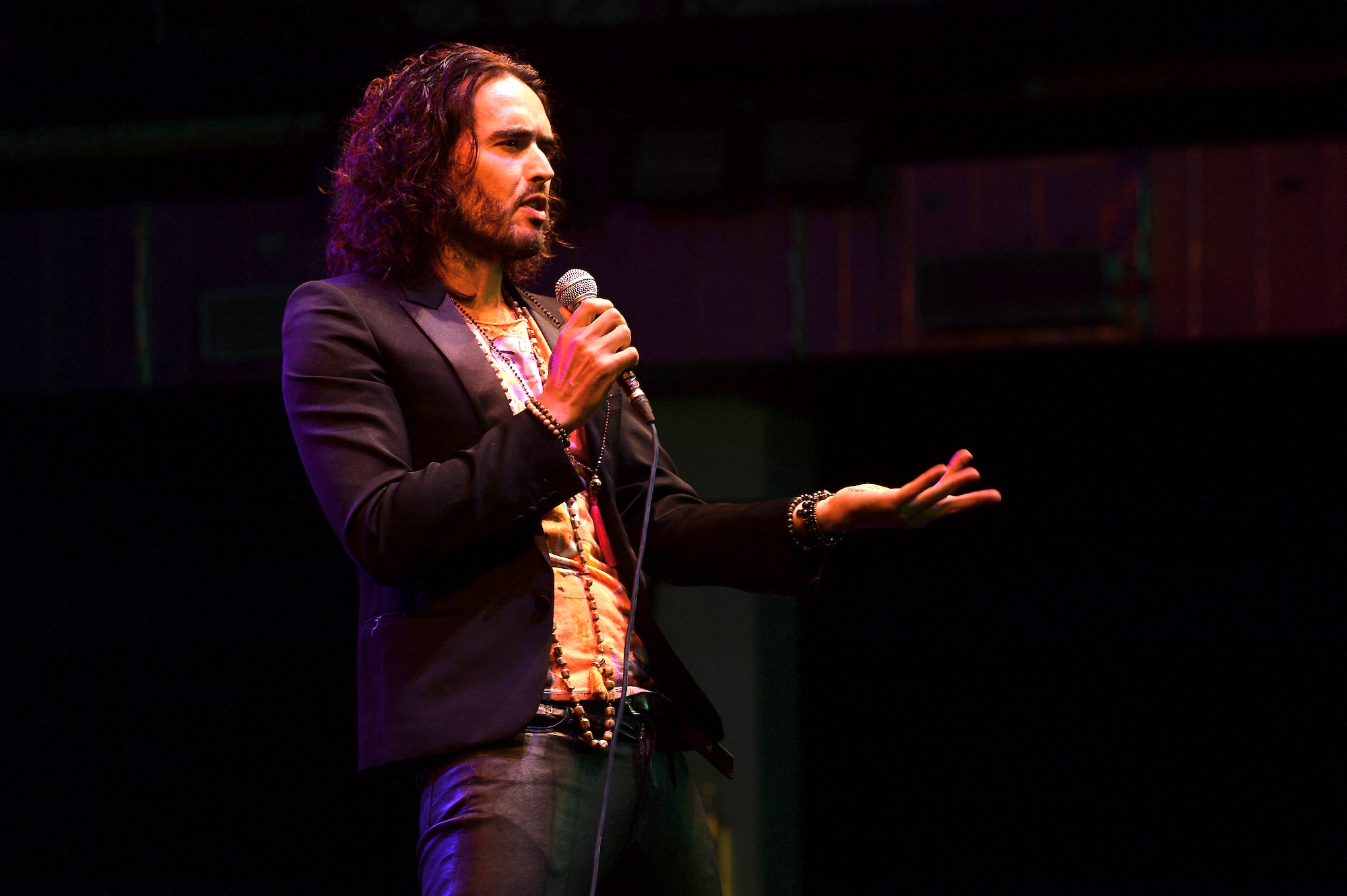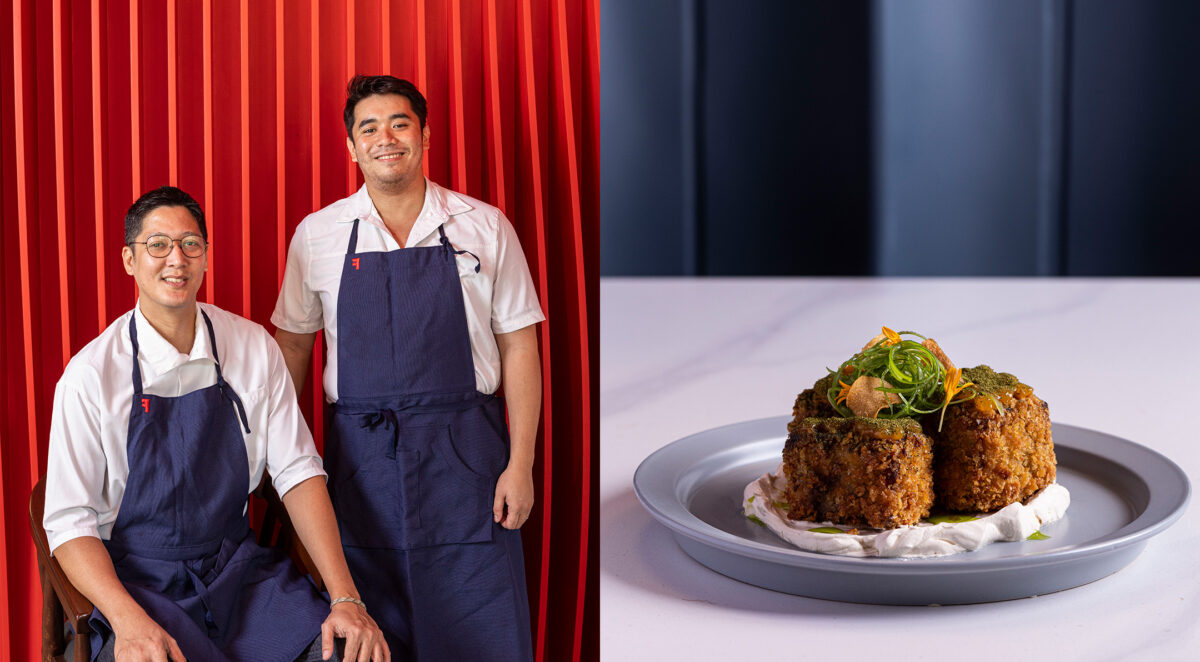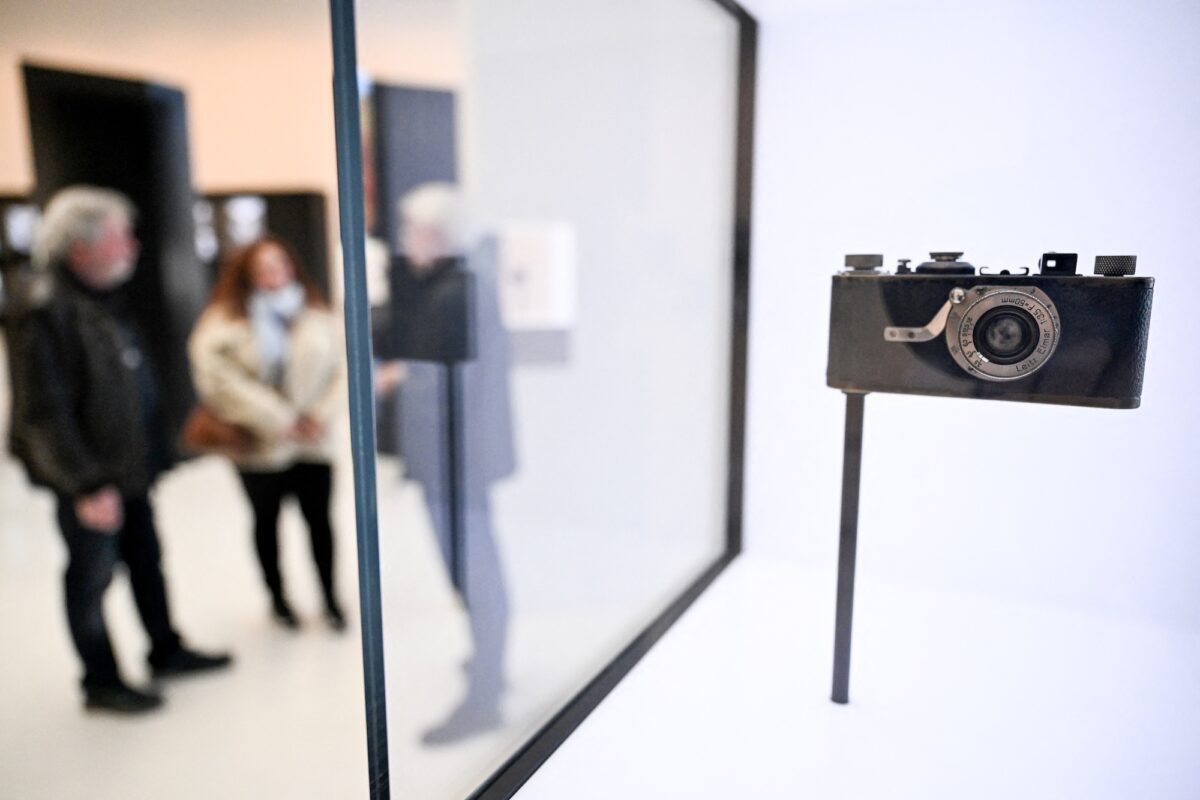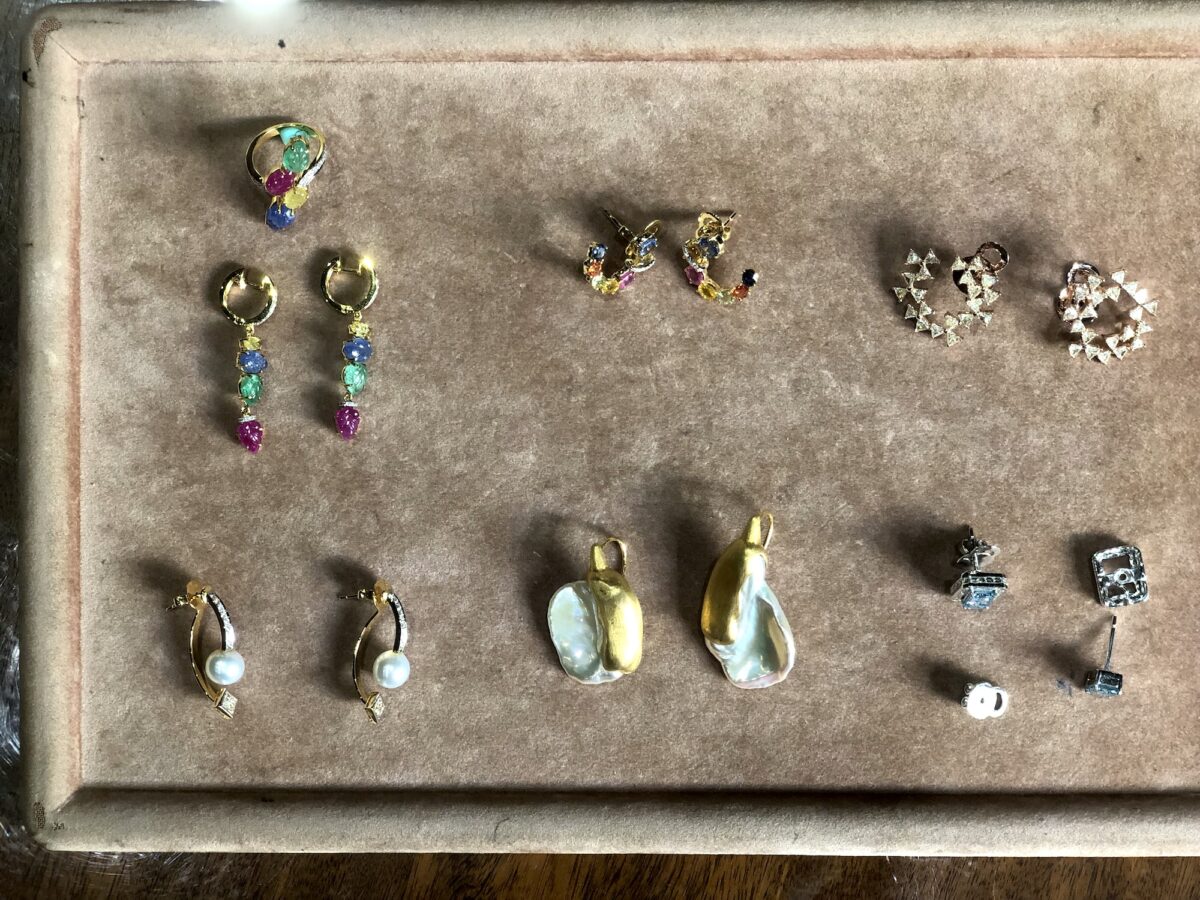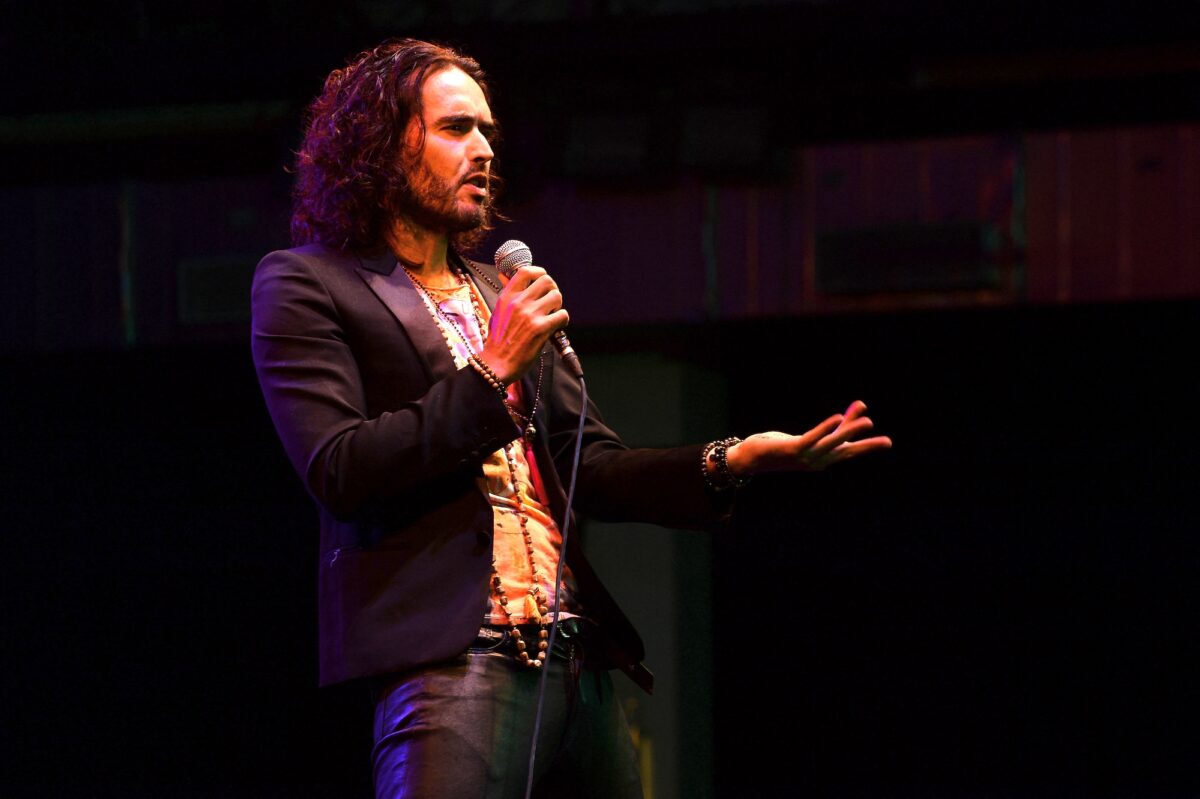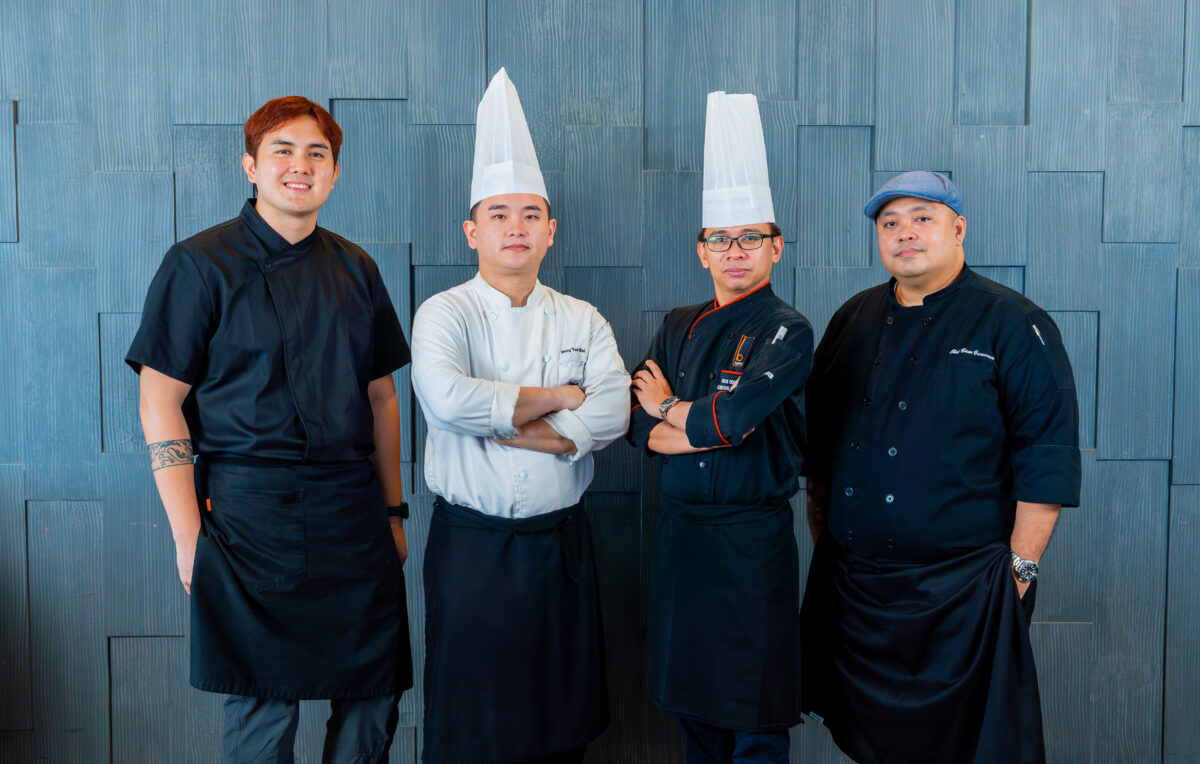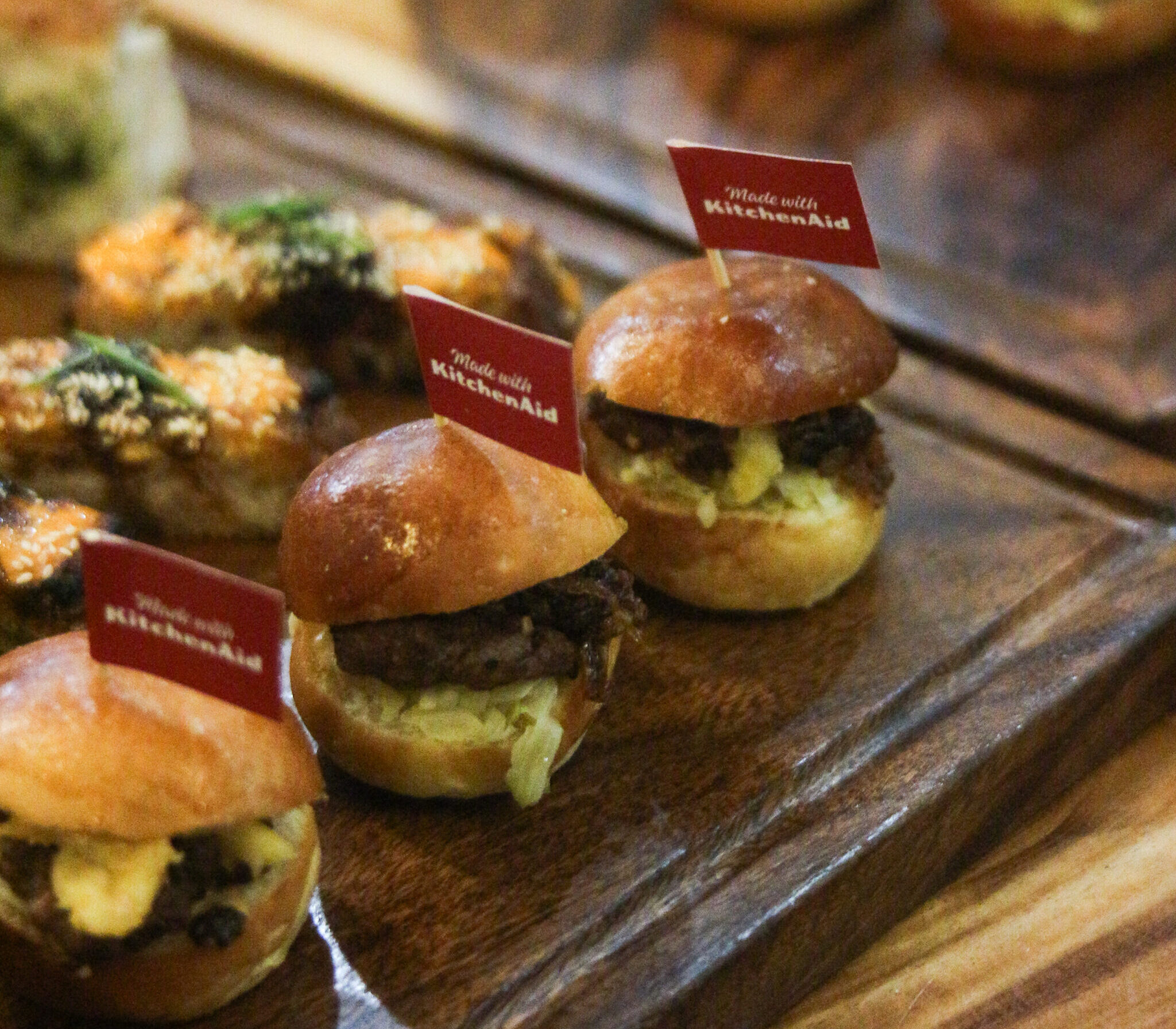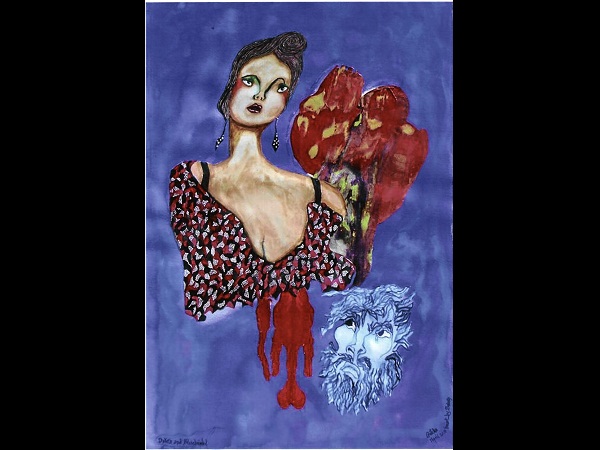
As may be obvious by now, I have rediscovered the top shelf of my Filipiniana cabinet and am enjoying my stash of old dictionaries. After Spanish and Chinese loan words, it is now our own Filipino slang.
It was not much of a surprise to recall that the majority originated with the Pinoy gays who are “astig,” “lokaret,” flashy and extreme. I have expunged all possibly offensive terms on sex, drug addiction and prison so that all seniors can safely join the ride.
“Mother” alone has so many variations. The slang term refers to a person, unrelated to the other by blood, who is respected for being sensible. Mother is “mader,” “manash,” “ermat,” “maderistic,” “muder,” “maduk” and “mudrax.”
“Father” is “paderistic” or “faderataka.” But “papa” is altogether different—a patron, a lover, a sugar daddy. The female counterpart is “azucarera de mama.”
“Lola” is a term of endearment for an old or young, female or male person in authority. For example, the producer, director or production manager of a theater event.
“Bonifacio” means “brave”; “bonsai” means “dwarfed” or “short”; “escabeche” is “mistress”; “antibiotic” is “obnoxious.” “Aglipay” means “ugly”; “aswang” means “mother-in-law.” “Kuba” is Volkswagen; “batis” is “bath house”; and “Peking Duck” is anything “peke” or “fake.”
“Bosotros” comes from “boso” and means “to peep.” “Umiikot ang brip” (or panty) means “to be greatly attracted to.” “Like a Virgin” means “pregnant.”
We once hired a carpenter whom the maids called “Katam.” He’d saw a piece of wood and buy cigarettes, he’d hit a few nails and ask for merienda, he’d measure the window then go to the toilet. Later I found out that “katam” stood for “katamaran.” In older days we called it “tamaritis,” but the gays today call it “tamalis.” “Coles” (ko-les), I was told while in Mando Paras’ beauty parlor, meant “fat,” short for “cholesterol.”
Gay lingo is a secret code, and even the person in front of you won’t know that he/she is being referred to. And so “old” is “gurami” (from “gurang”) and “wrangler” is from “rang-gu.”
“Ang haba ng buhok mo, ate!” is one of the undecipherable parlorista terms to mean “You’re looking great!” “Ang taas ng lagnat niya!” is an even more coded statement. It means “the person you asked me to figure out is in most probability gay.” “Sinat lang” means “low temperature,” just swishy. Whether these complicated terms will pass the test of time is still to be seen.
Test of time
Older, straighter slang words that have stood the test are “matinik,” “spiny,” sharp, or smart. “Magdusa ka!” means, “It’s your fault, suffer for it! “Naka pamburol” is to describe a spiffily dressed guy (coat and tie) because Pinoys always dress their dead in their best. “Paporma” is still in use today as “japorms” meaning “trying to impress.”
“Kikay” is simply the plain old nickname for “Francisca” until it began to mean “kiriray,” flirty or lascivious. It has now been scaled down to mean “a vain girl” or someone who likes to dress up (c.f. ad for “kikay kit,” a cosmetic tool box). Young girls now call naked “bold” or “burlesque.”
“Indianin,” “to stand up an appointment,” is probably after the old term “Indian giver” who takes back something he has given. In this case, it is his word. “Nakakaloka” and “nakakabato” mean the same maddening thing. “Di ko ma-ispeling” means “I can’t understand it.” I loved the term “telebabad” but it became obsolete with the coming of the cellphone.
The meaning of a slang term usually has nothing to do with the word itself—like “tentacles” is not related to a squid or an octopus. It stands for “ten pesos.” “Alaska” is not related to the cold region, it means “to purposely irritate.” (“Huwag ka ng mang-Alaska.”) “Arbor” has no connection to a leafy bower and means “to ask for” or “to dupe someone out of.” (“Inarbor ang relos na ’yan sa akin!”)
Sometimes it is the sound of the word itself that is the connect, like “ma-articles” is not someone who writes but is “ma-arte,” full of affectation. “Beke” has nothing to do with mumps but is the latest term for “bakla.” “Cory” means “kuripot” because their first syllable sounds the same, even if the lady has never been parsimonious. “Jingle,” whose meaning every Pinoy knows, just doesn’t connect with “urinate.” I wish I knew how it came to be.
Some initials have become embedded in Pinoy memory. My favorites are: KKB (“kanya-kanyang bayad”), for Dutch treat; KSP is “kulang sa pansin,” “needy of affection”; “GI” is Genuine Ilocano, a tightwad. The unforgettable “TNT,” “tago nang tago” (hide and hide) is an illegal alien. BFF is today’s popular “best friends forever.”
Babayu!
NB: Most words were sourced from Dictionary of Pinoy Slang by R. David Zorc and Rachel San Miguel, De La Salle University, 2000.

